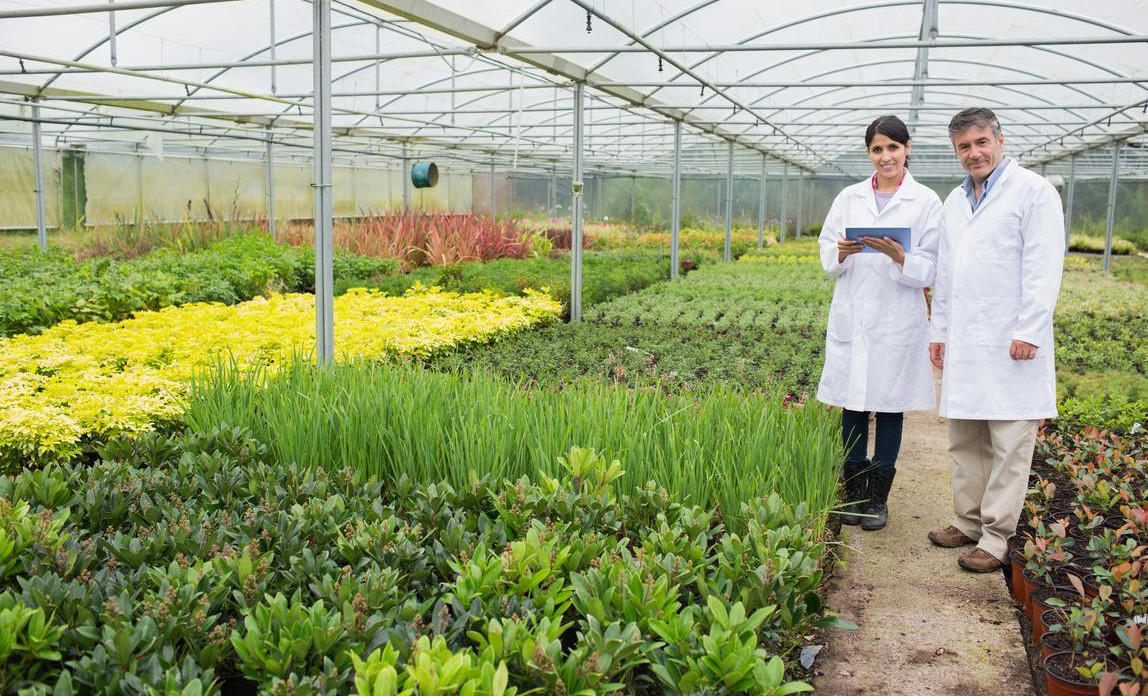
Nurseries need to grow more, waste less, and turn stock faster. That’s where production software for growers makes a real difference. It helps manage plant health, speed up growth, and avoid inventory mistakes—all of which lead to more money made at the end of the season.
More plants mean more stock. More stock can mean more sales. But this only works when production is steady, healthy, and well-tracked.
Here’s how software helps nurseries get there.
Soil Microbes Matter—Software Makes Them Work for You
Healthy soil isn’t just dirt. It’s full of microbes that help plants grow. The better the microbes, the stronger the plants.
1. Live Soil Health Data
Smart tools now monitor the soil in real time. They track:
- pH levels
- Nutrient content
- Microbial activity
With this info, nurseries can apply the right treatments fast. For example, if nitrogen levels drop, software might suggest adding rhizobia bacteria to fix it. No guessing. Just action.
2. Smarter Microbial Treatments
Some tools recommend biofertilizers or organic pest control based on what the soil needs. One example: arbuscular mycorrhizal fungi (AMF). These fungi help plants absorb more nutrients and water. Software can suggest the best time and method to apply them.
This cuts back on chemical use and improves growth.
3. Long-Term Soil Health Tracking
Good software also tracks composting, cover crops, and crop rotations. These practices build better soil over time. That means stronger plants and fewer losses during extreme weather.
Greenhouses Work Better With Automated Control
When climate is stable, plants grow faster. Too much heat, moisture, or shade slows things down—or worse, attracts disease.
1. Automated Climate Settings
Modern greenhouse software uses sensors. These sensors adjust heat, light, and humidity automatically. If plants need cooler nights and warmer mornings, software handles it. No one has to guess.
This cuts human error and keeps growing conditions just right.
2. Early Warnings for Pests and Disease
Excess humidity or poor airflow invites mold and other problems. Climate tools alert growers before that happens. Some systems even trigger vents or misting based on live data.
This helps prevent crop loss and saves on treatments later.
3. Lower Energy Costs
By linking to weather forecasts, systems can predict when to heat or cool a space. That saves energy. Some nurseries report cutting heating costs by up to 25% this way.
Lower costs = higher profits.
What This Means for Your Plants
Using production software for growers gives nurseries more control. That means:
- Fewer losses
- Better stock
- Faster growth
- Lower costs
This isn’t about tech, for tech’s sake. It’s about more product on the bench, fewer empty trays, and better margins.
More Plants, Faster Sales
Once plants are healthy and stock levels are up, the next challenge is moving them quickly.
1. Aligning Crop Cycles with Demand
Production software helps plan crop cycles around seasonal demand. It tracks growth stages and links them to sales forecasts. This avoids growing the wrong things—or too much of one thing—at the wrong time.
No one wants unsold trays sitting in the back.
2. Inventory That Matches Reality
Live inventory tracking means nursery managers know exactly how many plants are ready. Not just planted. Not just growing. Ready.
That makes online and wholesale orders smoother. It also helps teams fulfill orders faster.
3. Selling Sustainably Grown Plants at a Higher Price
When nurseries can track and prove that plants were grown with sustainable practices—microbial support, low chemical use, water efficiency—those plants often sell for more.
That appeals to the 46% of buyers who look for sustainable options. These customers are willing to pay more for “eco-grown” stock when they trust the process behind it.
Again, it all comes back to data. Software tracks the process. The process proves the value.
A Realistic Scenario
Take a regional nursery with a mix of greenhouse and outdoor production. Staff notice certain zones yield better than others, but they can’t figure out why. Some trays fail. Others thrive. Orders get delayed. Profits plateau.
They adopt a system that connects:
- Soil monitoring in each section
- Greenhouse climate sensors
- Crop planning software
- Inventory management tools
Within one year:
- Losses from disease drop
- Time to sale shortens
- Overstocking issues decrease
- Orders ship faster
They don’t double their stock overnight. But they grow more, waste less, and sell smarter. Profit margins rise because they stop throwing money away.
Final Thoughts
Growing more plants starts with better control—of soil, of climate, of timing. That’s what production software for growers delivers. It gives nurseries the tools to boost yield without expanding space or staff.
When paired with smart inventory management for growers, it unlocks real gains:
- More plants grown
- More plants sold
- Higher prices from sustainable practices
- Lower costs from better planning
For nurseries looking to increase profits this year, production software isn’t a luxury. It’s a practical step toward better results.